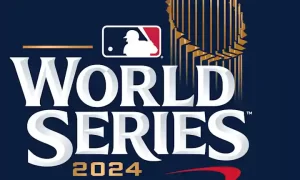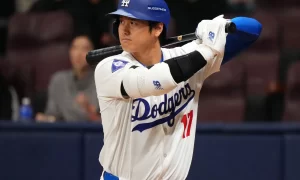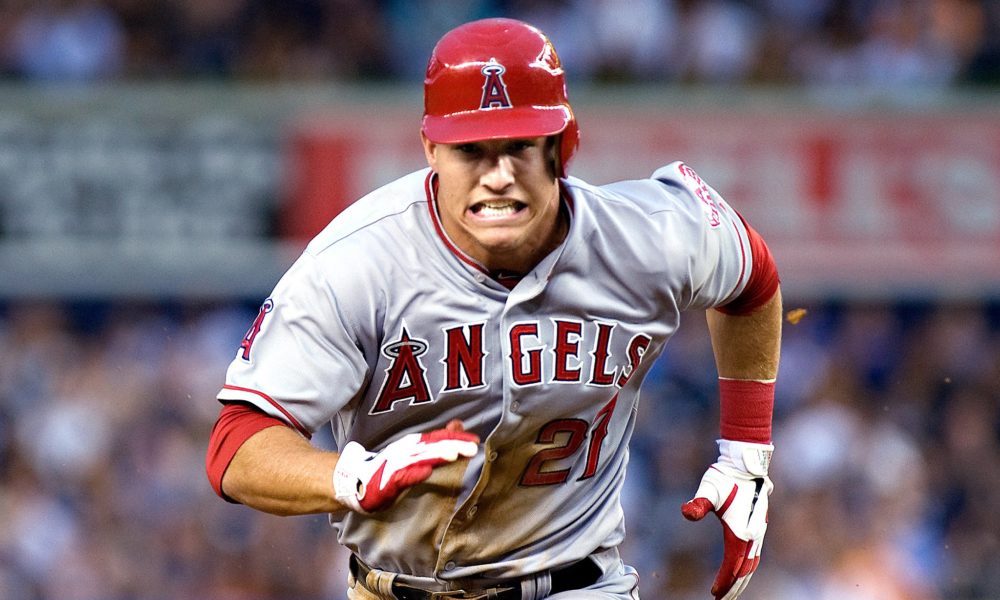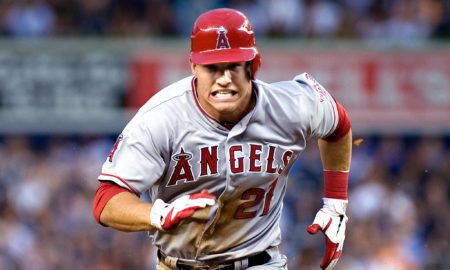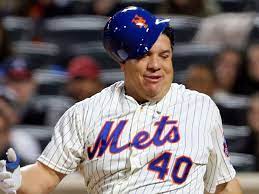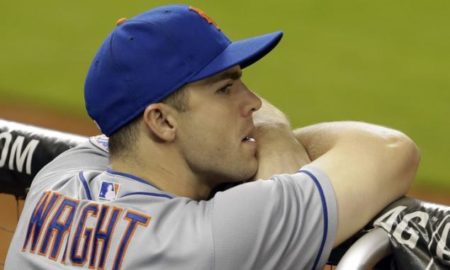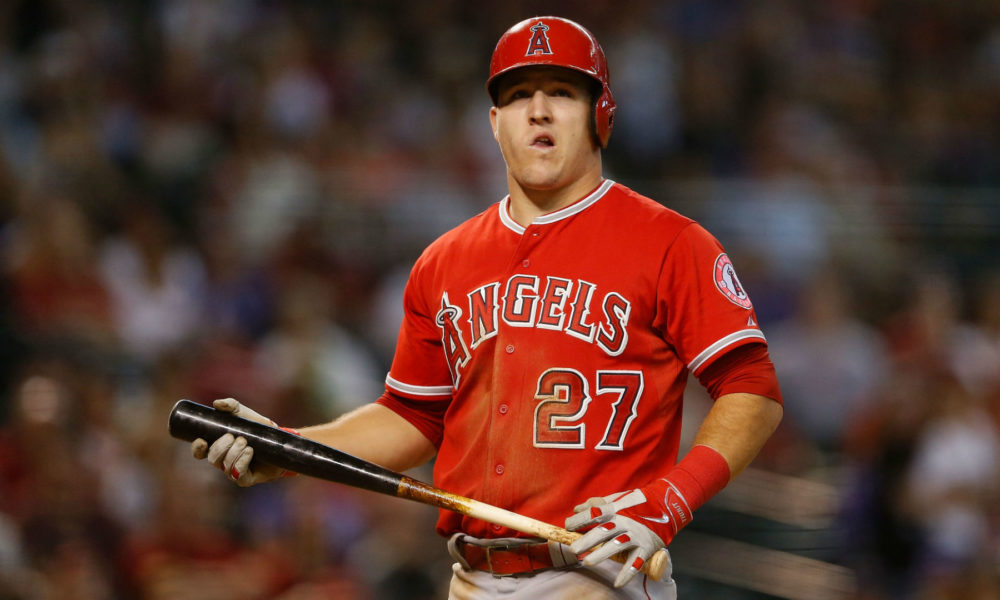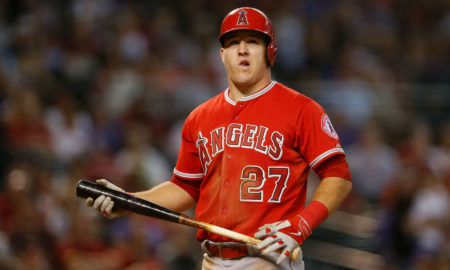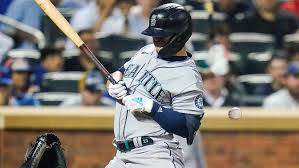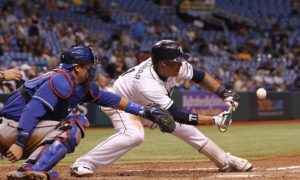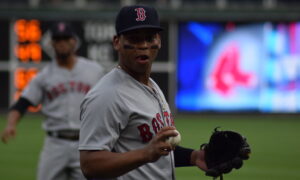Cleveland Indians A Better Playoff Bet Than You Think
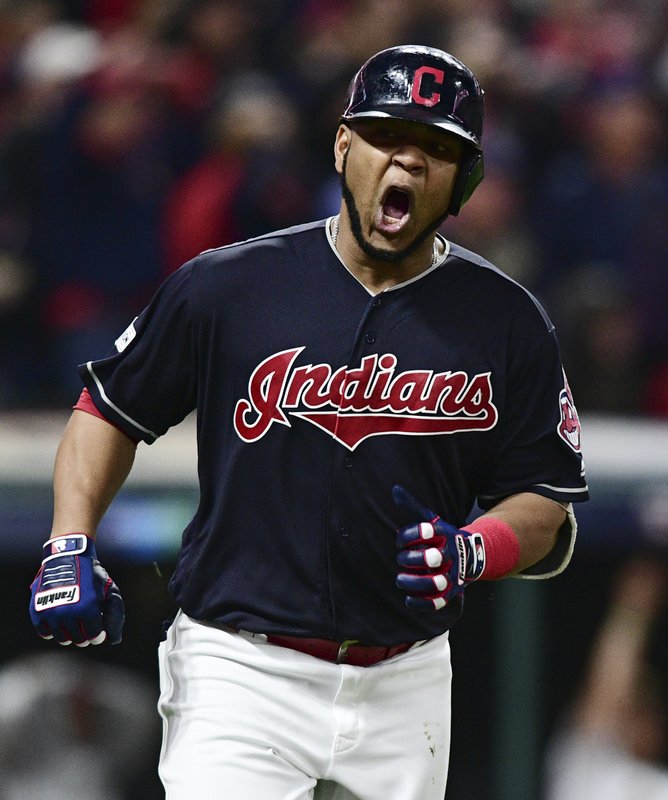
The American League Central isn’t a strong division, bottom to top. As of August 2, the AL Central, collectively, is 227-312, only good for a .421 win-loss percentage. It is the only division to sport two or fewer 50-win teams, as well as the only division to have more than one team under the 40-win mark. It’s also the only division to have but one team with a win-loss record above .500.
Incidentally, the AL Central also holds the distinction of being the least-competitive division. While the AL East may hold the crown for the moment – that the New York Yankees, owners of the third-best record in baseball, trail the Boston Red Sox by a lot is more a testament to Boston’s play than an indication of competitiveness—the divide between division leader and runner-up in the AL Central is broader than the fleeting win-loss records.
The Cleveland Indians represent the AL Central’s lone shot at relevance on the year. The club, who started the season at 25-25, have played 36-24 (.600) since. Of division leaders in the American League, this puts the Tribe well behind the Red Sox, Houston Astros, and even the wild-card-leading Yankees. Accordingly, when it comes to the short list of contenders for the league pennant, while Boston, Houston, and New York tend to be looked upon as favorites to advance to the World Series, Cleveland oft gets overlooked among the heavyweights of the American League.
It probably doesn’t help matters of perception that the Cleveland Indians were relatively quiet on transactions made prior to the trade deadline. The Tribe did acquire All-Star reliever Brad Hand from the San Diego Padres to improve their bullpen, as well as Leonys Martin to bolster their depth in the outfield. Next to teams like the Atlanta Braves, Chicago Cubs, Los Angeles Dodgers, and New York Yankees that were particularly active in advance of the deadline, however, the Cleveland Indians’ list of moves appears fairly light.
In fact, as David Schoenfield of ESPN believes, the Indians may have just lost themselves a ticket to the World Series by failing to address holes at second base and right field. Especially with Jonathan Schoop and Asdrubal Cabrera going to contenders, as Schoenfield reasons, there were options on the market and moves that could’ve been made.
With all this seemingly against the Cleveland Indians—not even including the team’s losing record against teams at or above .500—the case can be made that the AL Central leaders are a legitimate threat come time for the playoffs. Here are a few reasons why other teams destined for the postseason should (and likely do) take them seriously:
Veteran presence
In his article, David Schoenfield discusses the Indians’ reluctance or failure to acquire additional everyday players in the context of a heavy reliance on Jose Ramirez and Francisco Lindor, both 25 or younger and the leaders on the team offensively. Still, at least in terms of the pedigree of the supporting cast, if you will, a number of veterans on the roster can step up should either or both of them falter.
Michael Brantley, assuming he’s healthy by the time October rolls around, brings All-Star-level talent to the lineup, and a batting average second to only Ramirez among team qualifiers. Yonder Alonso, an All-Star last year, may not be hitting for average like Brantley is, but he has been reasonably productive with 18 HR and 64 RBI on the year. Even a non-qualifier like Yan Gomes has chipped in with a double-digit home run tally, and in a season when offensive numbers among American League catchers have been underwhelming, Gomes, an All-Star (even if he was “just” an injury replacement for Wilson Ramos), ranks as one of the best among his peers.
Plus, Edwin Encarnacion and Jason Kipnis have recently appeared on All-Star rosters and occupy positions within Cleveland’s starting lineup and hold plenty of big-league experience under their belt. For a team that doesn’t look all that dissimilar from the 2016 iteration that nearly won a World Series, Cleveland has the experience and raw talent to match-up with other contenders.
The Starting Rotation
The Houston Astros might have the best starting four in all of baseball in Justin Verlander, Gerrit Cole, Charlie Morton, and Dallas Keuchel, but if Houston’s #1, the Cleveland Indians are #2.
Corey Kluber, a seemingly-perennial Cy Young candidate, has an ERA under 3.00 and a WHIP under 1.00—and heretofore, he hasn’t even been the best pitcher on his team! Indeed, Trevor Bauer leads qualifying starters on the Indians in ERA and (by a large margin) strikeouts. That’s an impressive 1-2 punch. But Mike Clevinger and Carlos Carrasco compliment those two, each with an ERA under 3.67 and striking out more than a batter per inning. When you can trot out a playoff rotation that is composed of pitchers who all possess earned run averages under 4.00, that can win you a championship.
The bullpen has been bad, but…
Earlier, I mentioned how the current Cleveland Indians roster doesn’t look all that dissimilar from the one that made it to the World Series in 2016 within the context of everyday players, but that idea also extends to the bullpen, a unit traditionally prone to shake-ups and volatility from season to season across the league.
As Sam Miller of ESPN wrote about earlier in this year, after having one of the best-ever bullpens in 2017, the Tribe has one of the worst in the league, if not the worst, in 2018—with much of the same cast of characters. For relievers with 30 or more appearances on the year, no one in Cleveland’s bullpen has an ERA under 4.00. No one. Cody Allen, though he has only blown two saves on the year, owns an earned run average more than a run-and-a-half worse per nine innings than his career mark. Zach McAllister and Dan Otero, who notably are no strikeout artists, find their ERAs near or above 5.00. Tyler Olson and 2017 offseason acquisition Neil Ramirez, while sporting K/9 rates of 10.00 or better, haven’t fared much better on the ERA front. On top of this, Andrew Miller, plagued by injury, has only made 19 appearances this season to date, and even when he has toed the rubber on the mound, the results have been far from inspired. That’s 5 bullpen characters currently vastly underperforming.
Is the Cleveland Indians’ bullpen an Achilles heel bound to doom the team’s chances of succeeding in the postseason, or can it get better in time for October? Well, it seemingly can’t get much worse, so by this token, it almost has to improve. Speaking of improvements, Brad Hand should, provide some measure of stability and can close games should Allen falter. Adam Cimber, acquired in the same trade for Hand, likewise improves Cleveland’s stable of relief pitchers. Plus, if Andrew Miller returns to a form remotely reminiscent of last season’s, he represents a formidable weapon for manager Terry Francona to have at his disposal. In other words, there’s room for optimism here.
It’s the postseason ¯\_(ツ)_/¯
The Cleveland Indians have feasted on their AL Central competitors. Yes, they haven’t done particularly well against teams above .500. Yes, yes, the bullpen. Still, in the immortal words of Yankees radio announcer John Sterling, you can’t predict baseball, and when the playoffs hit, regular-season records and performances don’t matter anymore. Barring an epic collapse, the Tribe will win their division. Whether the lack of a meaningful (and dramatic) games down the stretch will hurt them is anyone’s guess, but as we’ve seen before, even a seemingly weak team like the 2006 St. Louis Cardinals, backing into the playoffs at 83-78, can capture a championship. If the team is healthy enough and gets hot at the right time, parades could follow suit.
The other teams in the AL postseason also have issues. For the Houston Astros, there’s the matter of the back end of the bullpen. Ken Giles, who wasn’t even doing his job all that well prior to being traded, is off to Toronto. Hector Rondon has stepped in to close games since Giles was demoted, and though he has closed games for the Chicago Cubs in the past, he doesn’t qualify as an elite closer. Otherwise, there’s the matter of Roberto Osuna, the player the Astros got in return for Giles. He brings not only questions about his on-field performance, but legal concerns and a suspension from Major League Baseball for domestic violence allegations. That’s a lot of risk to bring to a squad, including to the team’s chemistry.
As for the contenders in the AL East, the New York Yankees can mash, but their starting rotation is suspect. Luis Severino has faltered of late, Masahiro Tanaka and CC Sabathia have lacked consistency, and Sonny Gray just got relegated to the bullpen because he was so abysmal. In short, there are question marks aplenty. The Boston Red Sox should get Chris Sale, Eduardo Rodriguez, and Rafael Devers back from the disabled list shortly, but a reaggravation of any of these injuries, especially to Sale, could be problematic for a deep run.
In sum, after a 162-game regular season, it’s a veritable roll of the dice. Regarding the veteran team with one of Major League Baseball’s best starting rotations in baseball seemingly guaranteed a playoff spot, you should underestimate them at your own peril.

